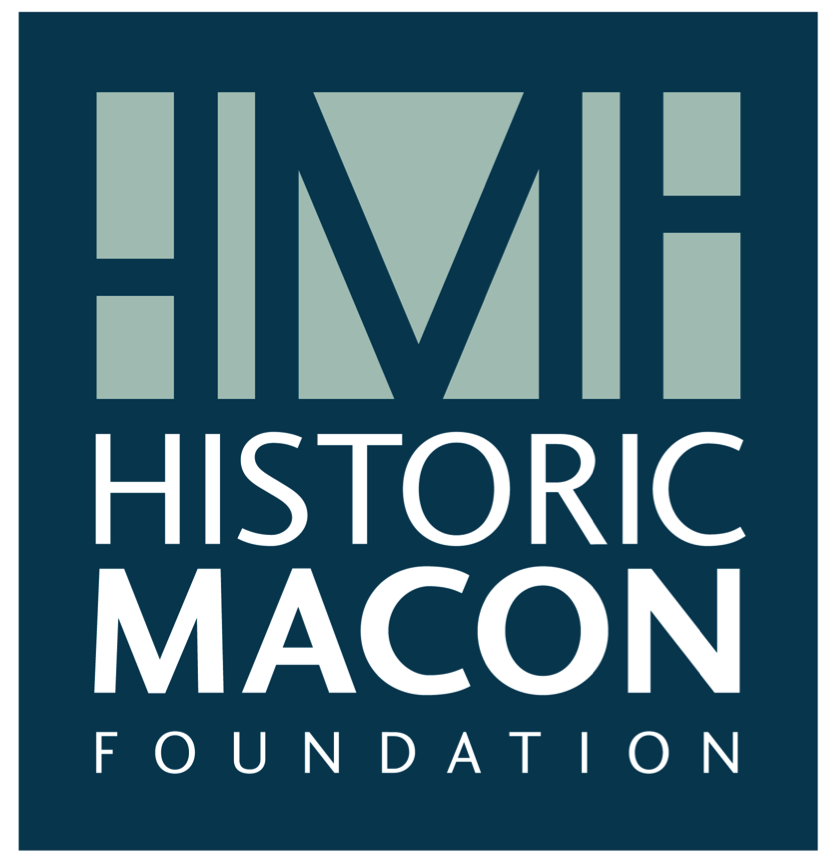A corner of the potential Historic District we surveyed.
My time at Historic Macon Foundation has been filled with many different learning opportunities and experiences. There were historic tax credits, a National Register district survey, easements, and various field trips to name a few. Most of all, I was given to opportunity to see how effective HMF is at preservation and revitalization throughout the area. I was initially drawn to Historic Macon Foundation because of how active it seemed to be within the preservation scene locally. The idea of revitalizing the community with the goal of encouraging renewed and diverse neighborhoods was something that I was most excited about and hoped to be a part of.
One of the little glimpses into Macon’s history and revitalization I was given the opportunity to experience was in the form of a biking tour brochure. The whole concept was based on bringing attention to the Industrial District and the history it had to offer.
In honor of my Railroad Depot research, here's the engine at the entrance to Central City Park.
For this project, a particular topic I took an interest in involved the vast amount of railways and depots that were once a part of the area and how it shaped the landscape. Since the railroads are an integral part of Macon’s history, I enjoyed learning the history behind all of the rail lines and depot locations. Observing how the commerce of the area worked hand in hand with the railroads to become the backbone of Macon’s economy made me excited for what the future of preservation and revitalization of the Industrial District has to hold.
If I’ve learned anything at HMF, it's the power of taking an opportunity to intentionally hone your effort to research and preserve history. A little encouragement and knowledge goes a long way.
The City Directories, aka the only books I looked at in the library.





















